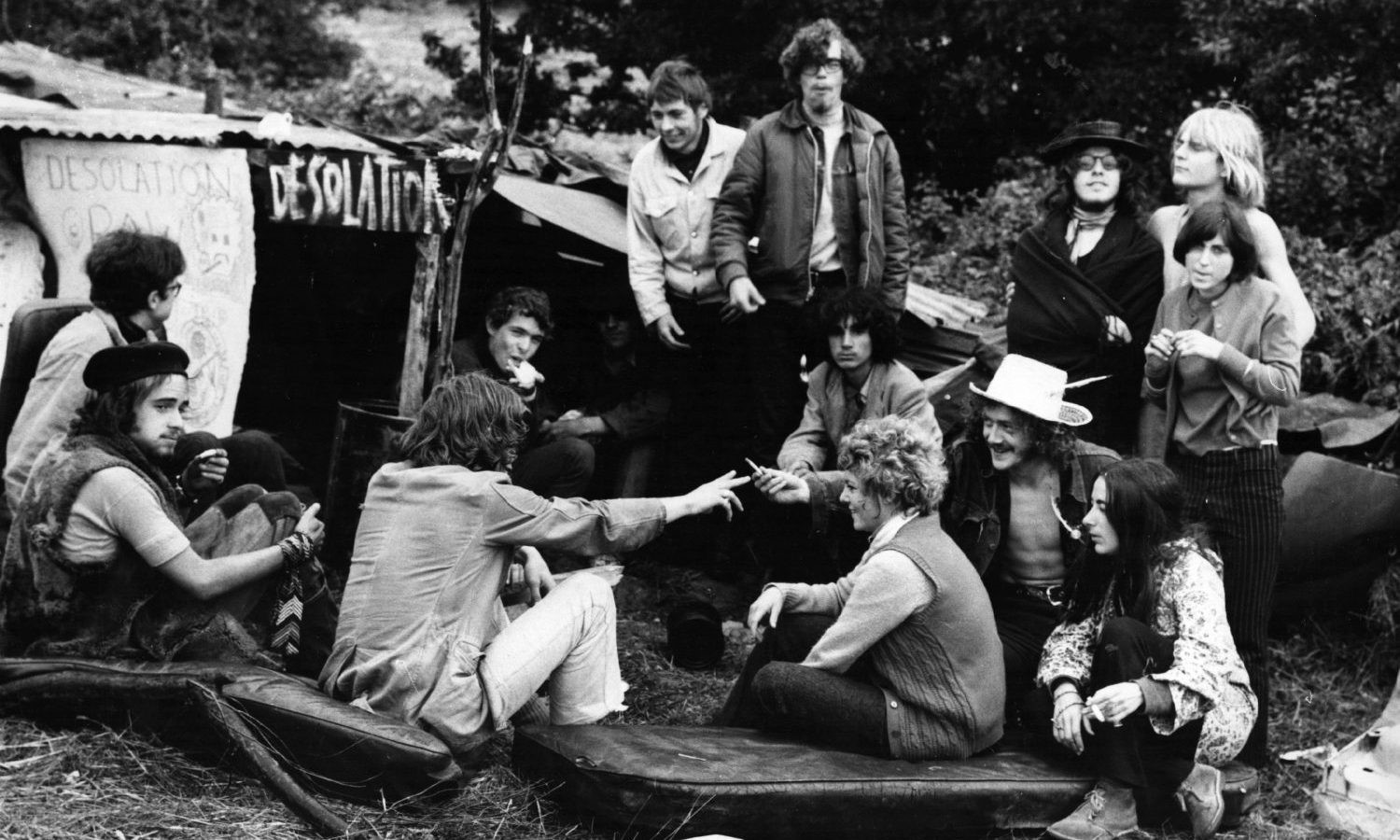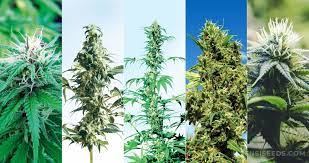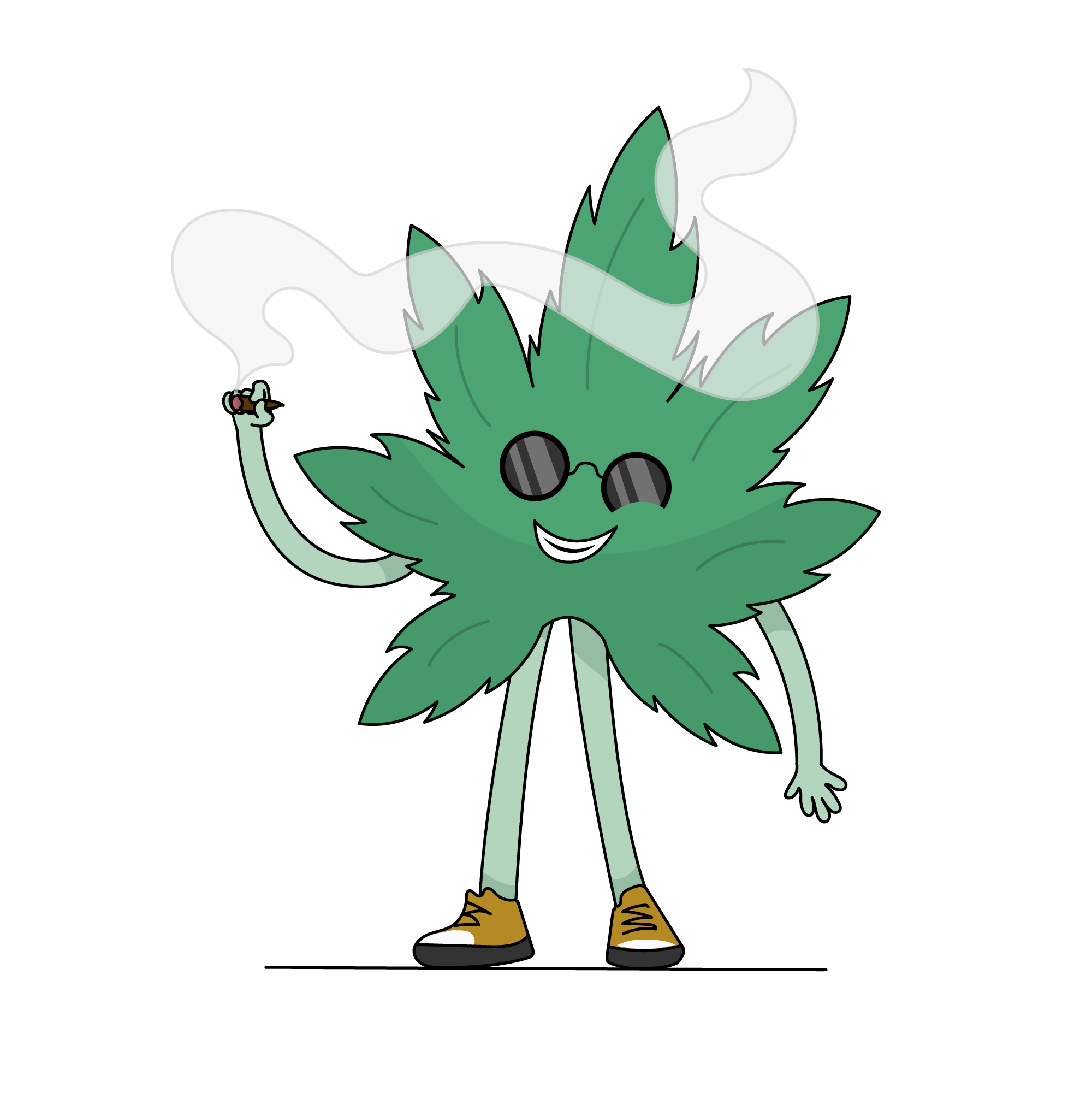
Marijuana
Culture In The US
Introduction
It's
hard to believe that the same plant used to make rope and textiles could become
America's most popular recreational drug.
But
even though marijuana use is now legal in many states, it still carries a
stigma that can make people uncomfortable.
Understanding
how this stigma came about is essential so we can all learn how to deal with it
more effectively.
In the 1970s
In
the 1970s, marijuana was used as a symbol of freedom and rebellion against the
establishment.
As
part of the hippie movement, young people rejected mainstream culture in favor
of counterculture movements like civil rights, anti-war and sexual revolution.
The
government's War on Drugs unfairly targeted minorities and marginalized people,
so many felt that using weed was an act of civil disobedience.
The
Anti-Drug Abuse Act of 1986 prohibited anyone convicted of using or
distributing a controlled substance from getting federal benefits such as
student loans or housing assistance for ten years after their conviction or
release from prison.
This
law disproportionately affected African Americans who were jailed for
nonviolent offenses at higher rates than whites during this period.
This
made it difficult for them to find employment after they had paid their debt to
society. It created barriers for those trying to move up economically through
education or social mobility programs such as student loans.
One of those
groups was the Grateful Dead.
Although
they were a rock band, their music had roots in blues, folk, and country. Their
lyrics often touched on drug use and other countercultural themes.
In
addition to their live performances, they recorded studio albums and were
considered part of the San Francisco Sound.
They
became known for their extensive touring across America starting in 1966; by
the end of their career, they had played over 2200 concerts in 31 countries,
with more than 30 million people attending these shows.
Many people
learned about marijuana.
Marijuana
was glorified in popular culture, especially in the 1960s and 1970s. It was
associated with the hippie movement, a counterculture movement that began in
the United States during the 1960s. The hippie movement reacted to the Vietnam
War and other social issues.
Many
people learned about marijuana from seeing it glorified in popular culture and
then deciding whether they wanted to try it.
As legalization
spread
As
legalization spread, many growers began to take a more scientific approach to
grow cannabis and breeding new strains. They started asking questions like:
What
is the best temperature for germinating seeds? How much water should be used
during flower time? What is the right amount of nutrients needed to produce a
large yield of high-quality flowers?
The
clue to these can be found in marijuana cultivation and breeding books. Still,
plenty of online resources are available for those who want to learn more.
You
must understand how to choose the right strain for your needs because not all
strains will work equally well with your lifestyle.
For
example, suppose you're looking for something that will help you relax after
work or give you energy before heading into an intense workout session at the
gym. In that case, an Indica-dominant hybrid may be perfect for you.
Marijuana use is
still widespread within specific communities in the US.
In
2019, marijuana use is still widespread within specific communities in the US.
However, because marijuana is still illegal in many states and highly
stigmatized by others, many myths about marijuana users need to be debunked.
First,
it's essential to understand what "marijuana" means. The word can
refer to either:
- The flower of the
cannabis plant (Cannabis Sativa), or;
- A concentrated resin
extracted from this flower contains high levels of tetrahydrocannabinol
(THC), which causes people who use it to feel high.
Growers have
become increasingly sophisticated.
As
research into the medical importance of marijuana has increased, growers have
become increasingly sophisticated about cultivating new strains of marijuana
for medicinal and recreational use.
Breeders
are now creating strains that produce specific effects on the body when
consumed—some breeds are bred for medicinal purposes; others are aimed at
making an energizing or relaxing high; others are designed to provide relief
from pain or nausea without having too much psychoactive effect.
These
carefully cultivated strains are created with health-conscious users in mind
and those looking to get high recreationally.
The
process of breeding a strain is a science that requires extensive knowledge of
genetics and botany.
Conclusion
Marijuana
is still a contentious issue in the United States. Some people think that
legalization will lead to more use among teenagers, while others believe it will
reduce crime rates by removing profits from black-market dealers.
Whatever
your feelings are on the subject, it's clear that marijuana culture is going
through some significant changes right now—and we can sit back and watch what
happens next.


